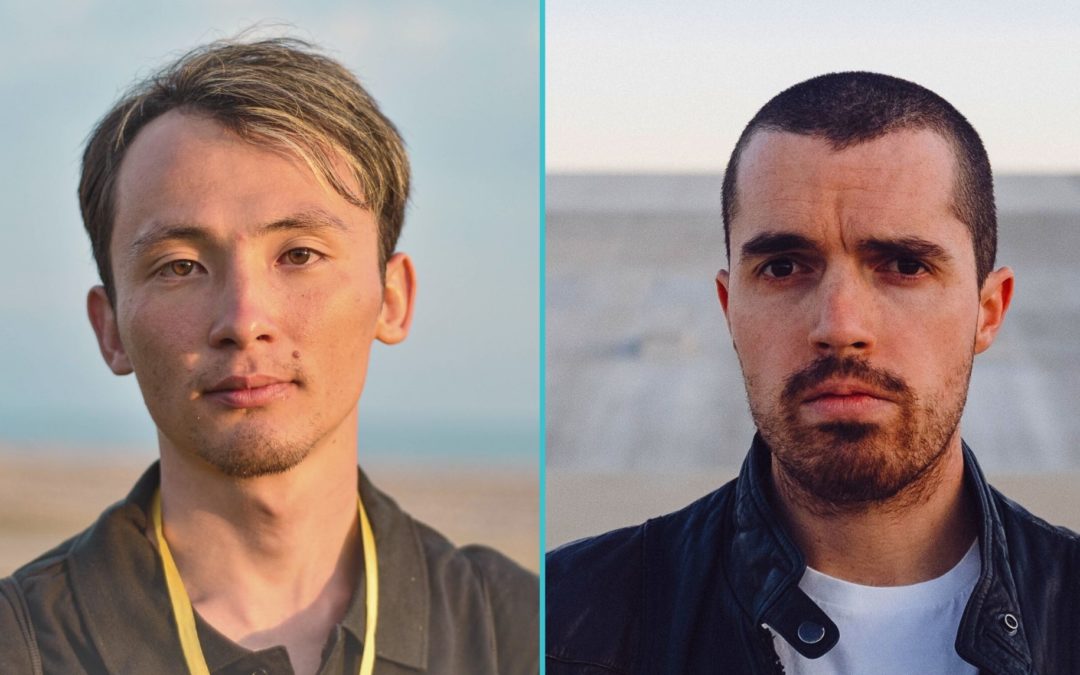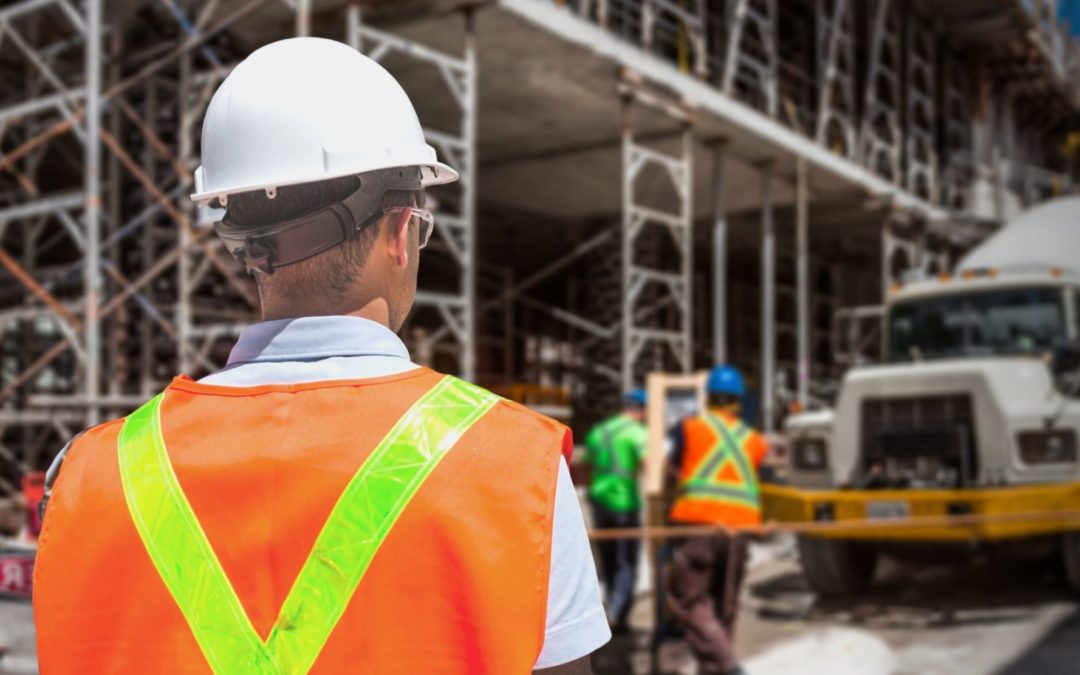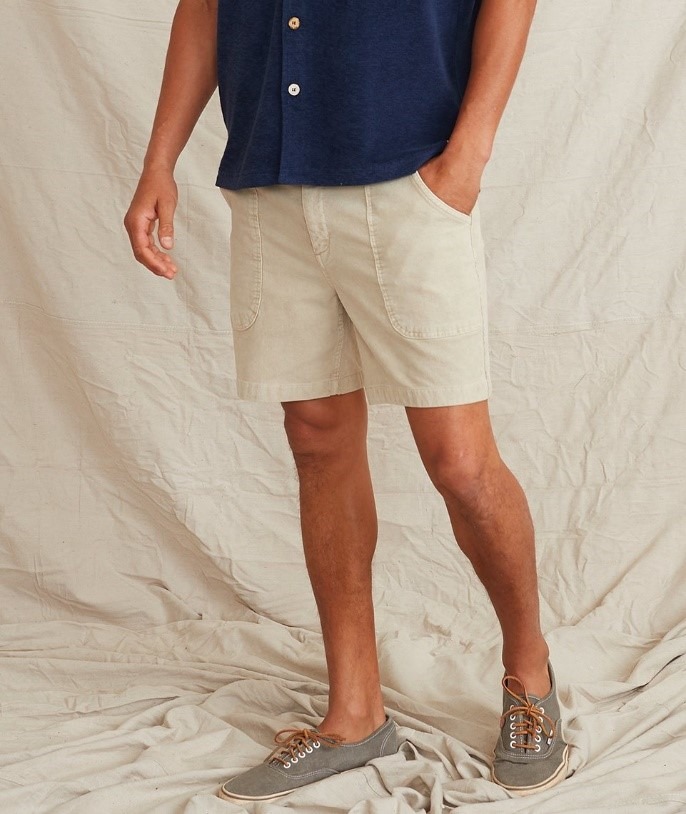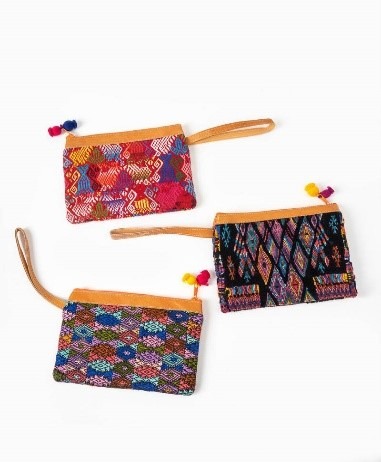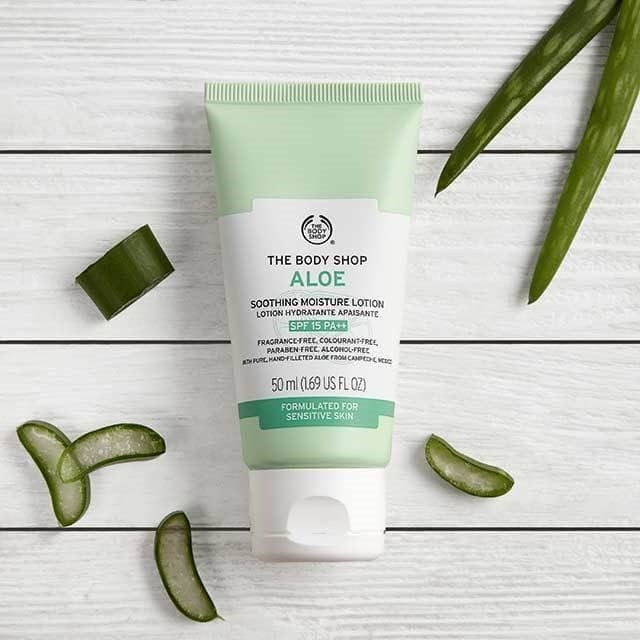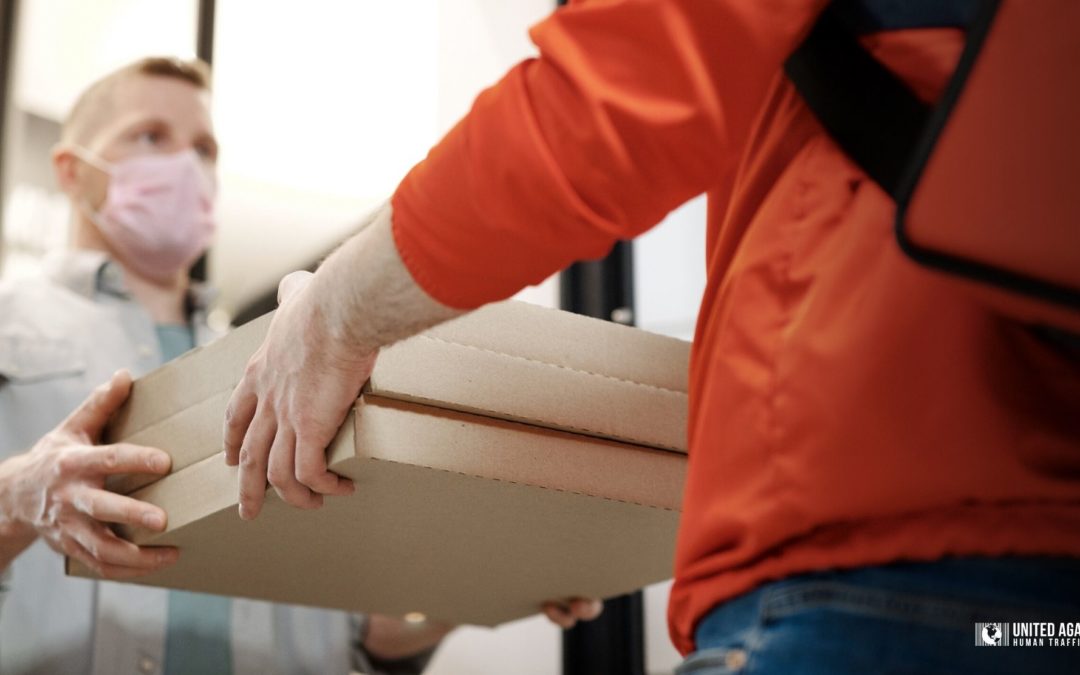
How to Change the World with Fair Trade Subscription Boxes
As October comes to an end, spooky season gives way to the holidays. I don’t know about you, but my family is already asking for my holiday wish list!
What better way to show someone you care with a thoughtful and unique gift?
Buying fair trade certified items not only make your loved ones feel special, but also support ethical brands and their families.
Shopping in the age of a pandemic is difficult enough for consumers. Small businesses and their workers are suffering due to corporate consolidation and supply chain disruption. Many have curated unique subscription boxes as a safe alternative way to accessing ethically made and fair trade certified goods.

Green up
GreenUP Box is a great way to introduce your family to zero waste and plastic free products into their everyday life. This brand is perfect for the environmentally conscious!
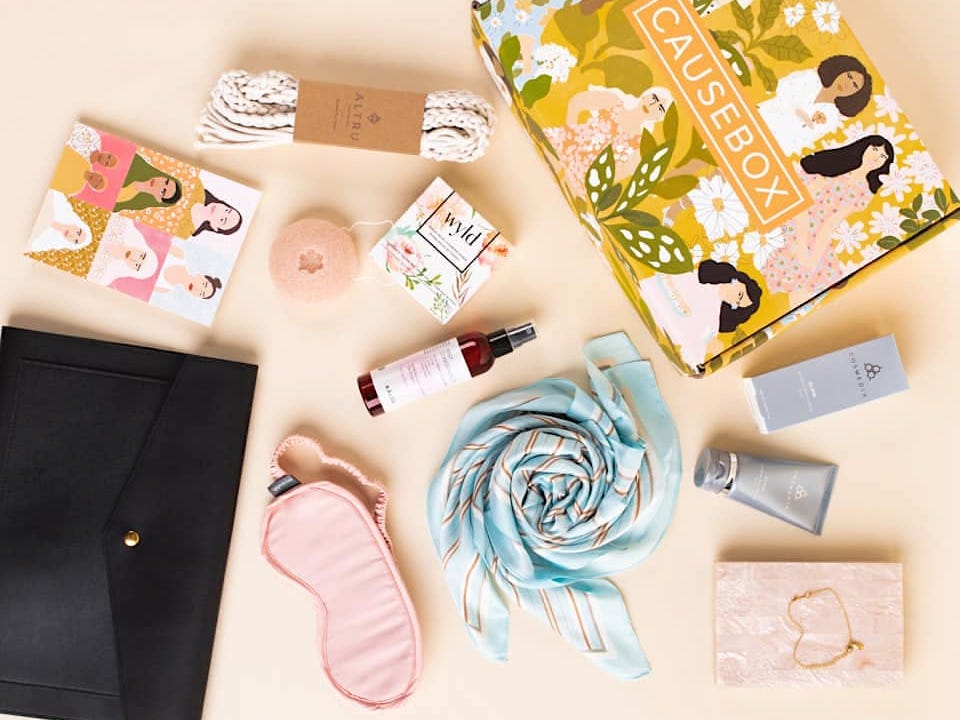
CAUSEBOX
To promote artisans and socially-conscious emerging brands, CAUSEBOX is an easy way to personalize each delivery especially for the recipient. They offer a little of everything, so you can’t go wrong with these diverse ethical products.
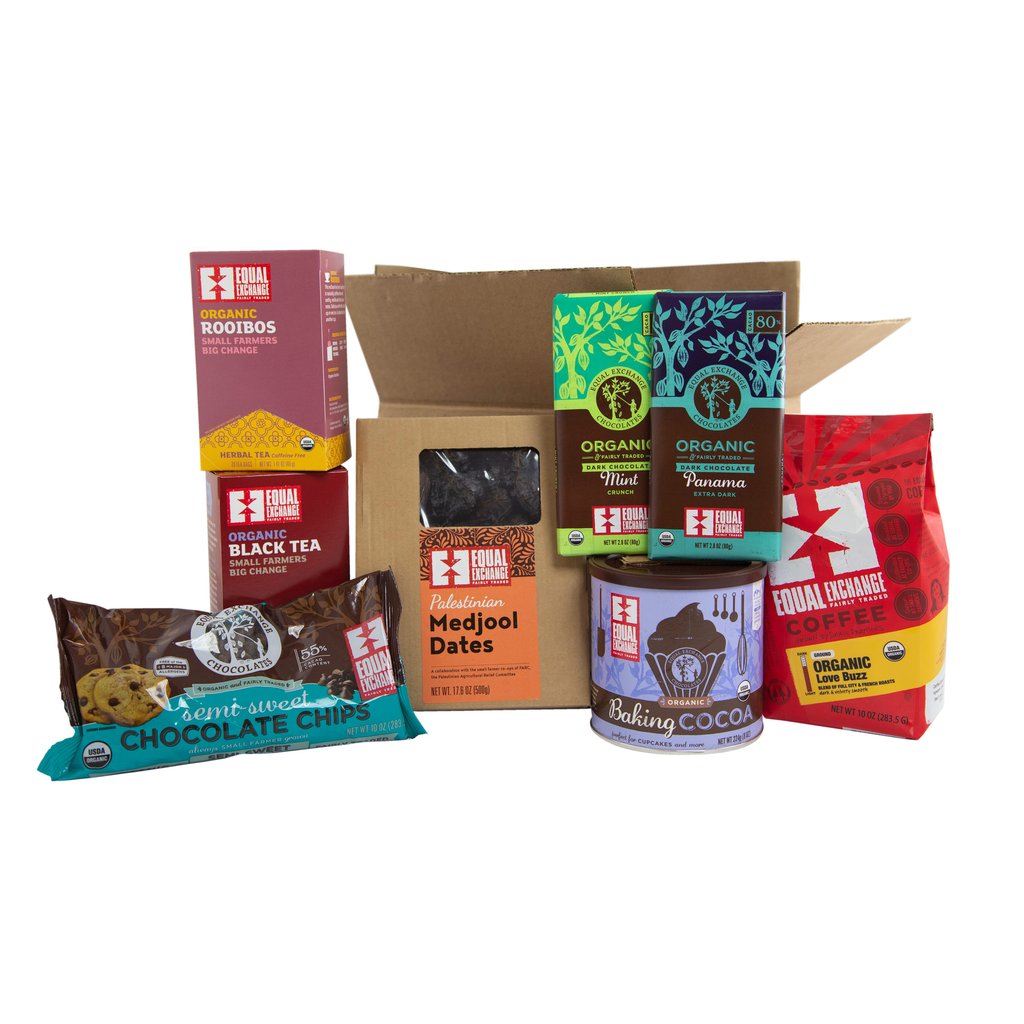
Equal Exchange Solidarity box
Finally, Equal Exchange has formed the Solidarity Box. Long term partnerships with farmers gives more opportunities to their families and business. They have curated their best-selling products to allow consumers to help take a stand and promote fair trade.
Purchasing fair trade certified products helps support farmers and small businesses and gives back to their communities. I challenge you to find a fair trade item for yourself or to gift someone this holiday season! Happy shopping!
We have to know the signs of labor trafficking and exploitation, and we need to be engaged as consumers if we truly want to create a world where all are free. Here’s how you can keep learning:

Learn more now, during fair trade month!
In celebration of Fair Trade Month, UAHT is hosting events to encourage viewers to ask questions and learn more about fair trade.
We will be airing a viewing of the documentary “The Dark Side of Chocolate” on Thursday, October 29th from 6-7:30 PM CST.
This documentary and discussion will feature a guest speaker to answer questions about what fair trade is and how consumers can get more involved in the movement.
We will also be releasing new episodes of Making Justice, including an episode with Equal Exchange.
Be sure to follow us on Instagram and Facebook to learn more information and hear about the impact that fair trade has on others!




